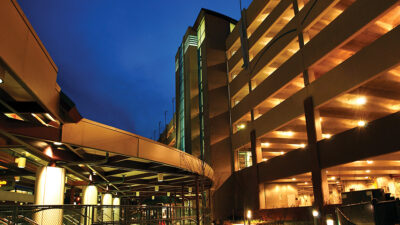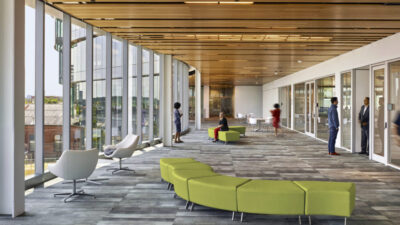An increasingly data-driven society demands advanced, high-performance data center facilities. Read on to learn the biggest fire and life safety challenges, emerging technologies and upcoming trends affecting data centers.

Respondents
David Anderson, PE, LEED AP
Senior Mechanical Engineer, Principal
DLR Group
Phoenix
Drew Carré, PE
Senior Electrical Engineer
Kupper Engineering Inc.
Ambler, Pennsylvania
Terry G. Cleis Jr., PE, LEED AP
Vice President
Peter Basso Associates
Troy, Michigan
Matt Koukl, DCEP-G
Principal Project Manager, Mission Critical Market Leader
Affiliated Engineers Inc.
Madison, Wisconsin
Brian Rener, PE, LEED AP
Principal
SmithGroup
Chicago
Saahil Tumber, PE, HBDP, LEED AP
Technical Authority
Environmental Systems Design Inc.
Chicago
CSE: What fire, smoke control and security features might you incorporate in these facilities that you wouldn’t see on other projects?
Carré: To reduce costs, HVAC units in separate rooms can be used as backups to each other. To prevent smoke traveling from one space to the other, addressable fire alarm systems along with smoke dampers are required to isolate the rooms from one another. It is important that separate spaces be kept separate and that failures/issues in one space do not affect the adjacent space.
CSE: How have the cost and complexity of fire protection systems involved with data centers changed over the years? How did these changes impact the overall design process?
Rener: Many years ago, data centers used both gaseous and pre-action protection systems. They also used conventual smoke detectors. Nearly all data centers now use high-sensitivity air sampling smoke detention systems and pre-action double interlocked (dry) sprinklers.



